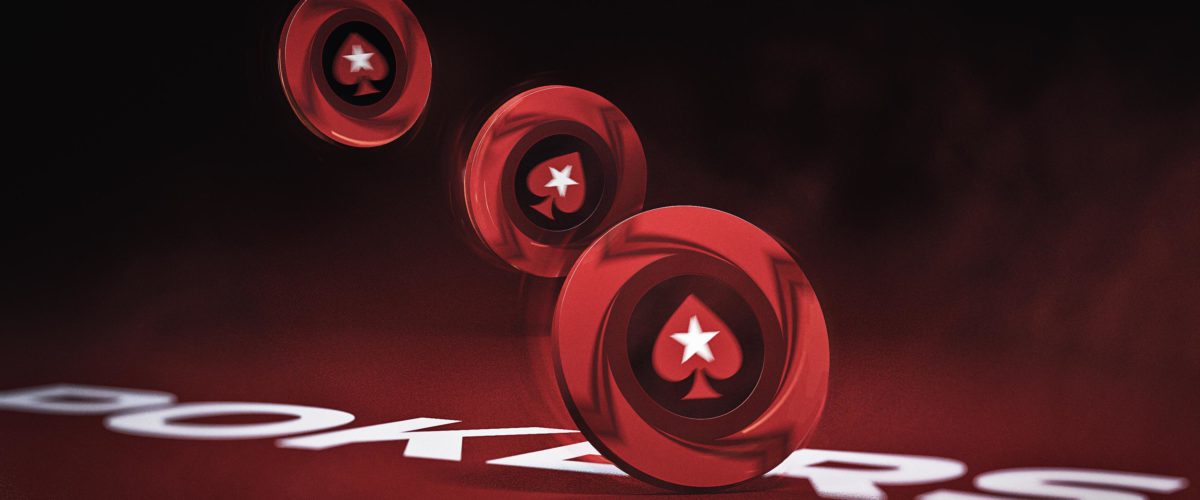Bluffing (Part 4)
This is the fourth of our four-part series on bluffing: a look into the history and mystery of the bluff, along with another tale that’s right up there with the great bluffs in poker’s storied history.
Bluffing and Position
In most instances, acting last – after you’ve had a chance to see what your opponents do – is a big advantage. But when you’re bluffing it’s often advantageous to act first.
If your opponent checks and you bet, he’s likely to realize that you are trying to take advantage of the fact that he’s shown weakness. As a result, he is more prone to call – or even raise, if he’s a very aggressive player – with marginal hands.
But betting from first position conveys the image that you really do have a strong hand. After all, you are betting into someone who could have a really powerful hand. Your opponent, of course, will realize that and be more willing to release a marginal hand than he would be if you bet following his check.
Bluffing More Than One Opponent
The odds against a bluff succeeding increase exponentially as you add additional opponents to the equation. The more opponents, the more someone is likely to call “…to keep you honest.”
Suppose you were facing a single opponent and thought that your bluff would succeed one-third of the time. Those aren’t bad odds, particularly when the money in the pot exceeds the odds against a successful bluff. Suppose the pot contains $90 and the price of a bet is $30. If this situation were to repeat itself and your estimate of successfully bluffing was accurate, you would bet $30 twice and lose, but you’d win $90 the third time. In the long run, this is an opportunity with a positive expected value.
But what happens if you add a third player to the mix? Once again, you figure that your chances of successfully bluffing the additional player are one chance in three. The presence of a third player will, of course, increase the size of the pot. Let’s assume that the pot now contains $130.
Although the size of the pot has increased arithmetically, the chances against your bluff succeeding have grown geometrically. In fact, your chances of a bluff that will succeed one-third of the time against each opponent have decreased to one-ninth of the time when you consider both opponents together.
There’s no magic here. We’re simply multiplying fractions. One-third multiplied by one-third is one-ninth. While the size of the pot increased, it has by no means increased to a point where it offsets the very long odds against successfully bluffing two opponents.

The Implied Threat
Bluffs work best against a small number of opponents. The fewer the better. Three is almost always too many, and even running a bluff through two players is difficult.
There is one exception, however. Assume that there are no more cards to come. If you are first to act and are facing two opponents, you can bluff if you think that the last player to act was on a draw and missed his hand.
Suppose you are playing Hold’em and there were two suited cards on the flop. If the third opponent simply called on the flop and the turn, chances are he might have had a flush draw that never materialized. If that’s the case, he is very likely to release his hand against a bet on the river, even if he suspects that you’re bluffing. When all is said and done, he might not even be able to beat a bluff.
But the player in the middle has a lot to worry about. If you bet not only does he have to worry about whether you have a real hand, he also needs to concern himself with the player to his left. Even if the player in the middle has a marginal hand – the kind he’d call you with if the two of you were heads-up – he might release it. After all, he has two concerns: Your hand might be stronger than his, and the third player might also have a better hand.
When your opponent in the middle is a good player – good enough to release a marginal hand rather than stubbornly call “…to keep you honest” – you might use the implied threat of the third adversary to force the man in the middle to shed his holding.
Famous Bluffs: Stu Ungar versus Ron Stanley
I was fortunate enough to watch this bluff unfold in person, from the press row at the 1997 World Series of Poker.
In the 1997 World Series of Poker, Stu Ungar had been dominating the final table. He was chip leader from the start, and rather than nursing his lead while his opponents eliminated themselves, Ungar attacked early and often.
Once he raised on seven successive hands in a row. Bluffing? Of course he was. But none of his opponents wanted to risk early elimination to find out for sure. Each subsequent rung on the pay ladder was a significant increase in winnings, so each of Ungar’s adversaries was apparently content to cautiously inch his way upward.
After Las Vegas professional poker player Ron Stanley stole the blinds a few times, he moved within $200,000 of Ungar. For a moment, it looked like he might overtake him.
But a few hands later the two chip leaders began a heads-up duel. With Ungar in the big blind, Stanley quietly called. The flop was As 9h 6s. Stanley, a seasoned professional, had noticed that each time Ungar flopped top pair with an ace, he checked the flop and bet on the turn. Once again he checked behind Stanley, suggesting that he might be holding an ace once again.
An eight fell on the turn. Stanley, who had a nine in his hand and second pair, bet $25,000. Ungar raised $60,000 and Stanley called. The last card was a king. Stanley checked and folded when Ungar bet $225,000. Ungar brashly turned up his cards, showing Q-10. It was a total bluff. He had no hand whatsoever, and Ron Stanley had released the best hand. Seemingly unnerved by Ungar’s bold action, Stanley was eliminated shortly thereafter, while Ungar proceeded to run over the rest of his opponents – who by this time all seemed to realize that they were playing for second place, not the championship.

